Gradually, then Suddenly
Aug 03, 2022
They say that change happens in two ways: gradually, then suddenly. So, if you feel like you’re still using marketing methods from decades ago because your mission is serious or legalistic, you’re not the only one. And if those old methods are working for you then, by all means, keep doing what you’re doing. But beware! If you don’t change gradually, then that suddenly part will sneak up on you when you least expect it and you won’t be ready.
See, the problem is that most of the time a fixed mindset prevents you from dabbling in a growth mindset. We equate safety for certainty and that works…until it doesn’t. When this happens in big businesses, they test drive new strategies just to see what works best. Maybe that’s why Leonardo da Vinci said, “It has long since come to my attention that people of accomplishment rarely sat back and let things happen to them. They went out and happened to things.” That’s what you need to do—go out and happen to things!
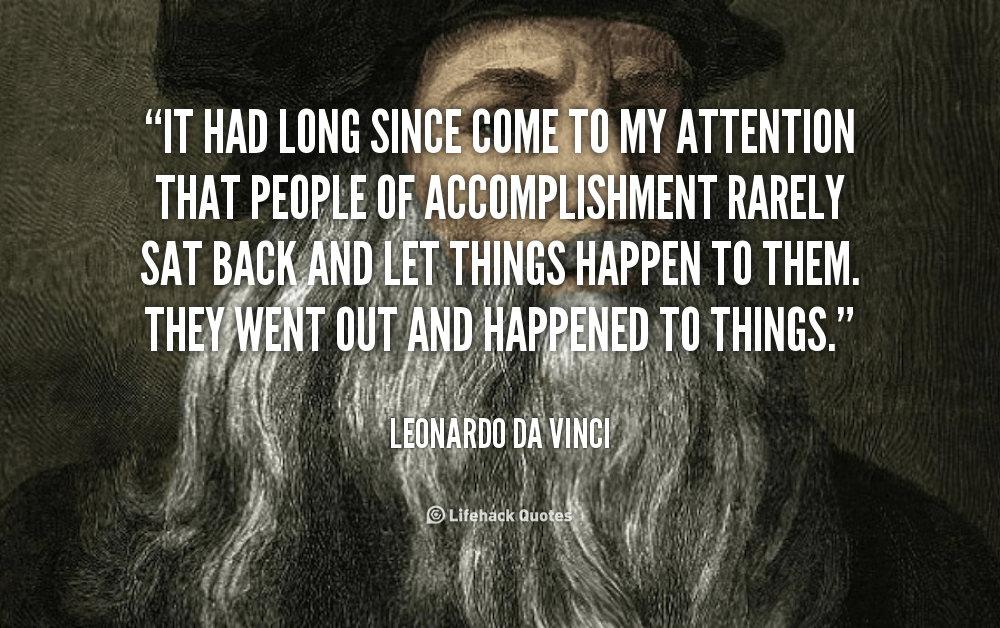
My favorite personal example of this was a Christmas ‘present’ that my husband gave me when our boys were younger. Maybe you have your life more together than we did when we were in the midst of raising kids, but as working parents we just did the best we could and put family time above almost everything else. By that I mean, when company was coming over, we turned on all the ceiling fans. They were dust-ridden and not a priority, but you can’t see the dust when the fan is on. That’s a pro tip for ya!
But this particular Christmas I had been fighting a battle that couldn’t be won—a battle against our dryer. To this day, I have no idea where the mates to those single socks go. Is that what we’re throwing away in the lint trap, sock by sock? Are they stuck in the bowels of the machine itself? Literally, I have no idea. What I do know is that we had a basket of socks without soulmates. And every week that we’d do laundry we would hope and pray that a match would somehow miraculously show up. Not surprisingly, that rarely happened. It was so aggravating.
Alas, one Christmas my husband told me that I deserved at least a full 24-hours of mated bliss, so he threw those unmatched socks in the trash. Yep, he just took all that crumbled up Christmas wrapping paper along with the ripped-up Amazon boxes and took them out to the garbage bins along with the contents of that laundry basket of mateless madness. And for a full day, okay maybe one full week, there wasn’t an unmatched sock to be found. It was glorious!

So, if this is you…if you have unmated socks longing for the return of their partner, just do yourself a favor and let it go. Stop torturing yourself and do something different. Test out a new method. Don’t sit back and let those unmatched menaces taunt you each week. If you feel like you need some kind of approval to fix this problem of your own, consider this blog your permission slip.
Oddly enough, nonprofit fundraising works in much the same way. We get stuck. We live in this week to week rut. We believe that safety is certainty. But maybe, just maybe, it’s time to investigate some growth strategies instead of your old, fixed mindset.
Left Brain Marketing Methods: I know you get baptized in busy and your business becomes your busyness. This week I’ll delve into some left brain ideas on how you can start happening to things instead of letting things happen to you. I’m just talking small steps for man here, not giant leaps for mankind. Oddly enough, it takes exactly the same thing that a good marketing strategy takes—the “plan your work and work your plan” method. And the good news is that you can do it.
Right Brain Marketing Moxie: Because nonprofits often have small teams and a large number of potential donors, we often end up implementing old-school marketing methods that don’t excite you or your donors. And I get it. Time is limited, so bulk mailing a mass message to your donors is the only thing you can manage. However, that fixed mindset is keeping you from adopting a growth mindset. But I have some right brain ideas that could help.
Just keep reading and learning and remember that change happens gradually, then suddenly. So, let’s start gradually and see what happens. 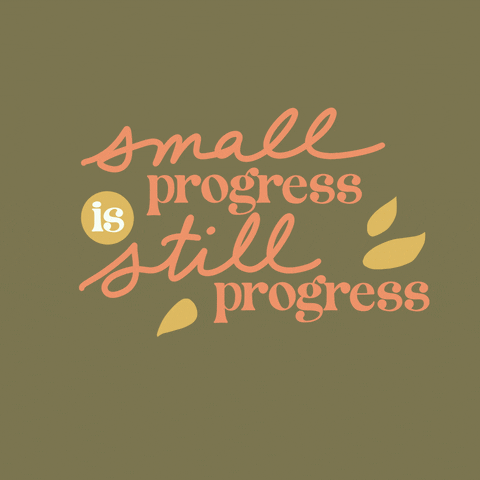
Left Brain Marketing Methods: Oftentimes nonprofit ninjas get so caught up in the day-to-day chaos of wearing so many hats, that the last thing you can imagine doing is changing up your systems. Change takes time after all. And developing new systems takes time—the one thing you have less of than money. But I’m a living, breathing example of the fact that you can and deserve to jump off the hamster wheel in search of a new, better way of doing things. Heck, you’re doing it now by reading this blog! Thanks for doing that! It’s a great investment in increasing your knowledge while also giving you some inspiration. Books can do that, too. Remember when I told you that I give my team two days per year where our organization will buy them a book that relates to our field in some way and then gives them a day off to read those books. That’s what I want to encourage you to do! I mean this literally. Are you the boss? Offer this perk to your team. Do you have a boss? Ask them if they would give you this opportunity. It’s truly the cheapest professional development a nonprofit—or any business for that matter—will ever pay for. It’s a great way for you to learn what others who came before you have done and start to make changes gradually.
Another idea is one we recently picked up from our Leadership Coach. Have I told you before that my entire team and I all have a Leadership Coach? Another great investment in the growth mindset we are working diligently to incorporate into our work culture. We only meet with her individually once a month, but it’s been an amazing investment that is truly helping us learn, grow, and repeat. Recently, she gave one of my teammates the idea of using an hour or two on Friday afternoons to read, research, or watch best practices in her field.
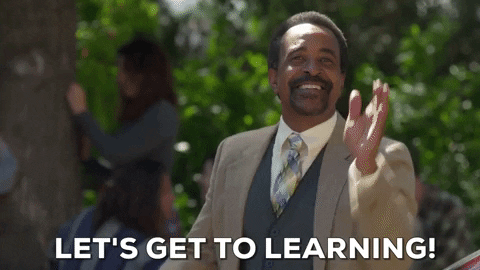
I already know what you’re thinking because I know how nonprofits operate. Where will you possibly find an extra hour in your week. And you’re not gonna love the answer because it’s, in fact, too easy. But the answer is this: schedule it. Yep! That’s it. Put it in your schedule. Plan your work and work you plan.
You make time for every other meeting you schedule each week--and some of those aren’t even fruitful. It could literally be one hour out of 40, trust me, you can do this. You are a good investment. Feed yourself some knowledge nuggets. Let those with bigger budgets or more time, those who were in the seat you’re sitting in now at some point, people who have done the research and pilot-testing teach you what they’ve learned. If I can throw away an entire laundry basket of single socks, you can do this—trust me.
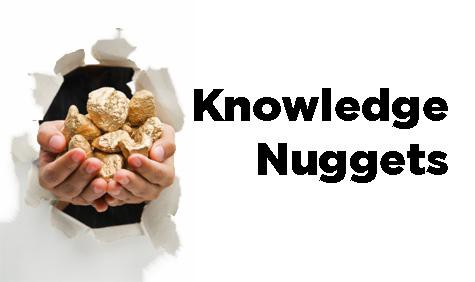
If needed, you can argue with your boss or your staff that not only will you learn more, but you could share highlights of what you learned with the rest of the team. Think of it as an old-school book report, if you will. Or you can do a 3-2-1 like I encourage my team to do anytime we attend a workshop or a conference.
A 3-2-1 works like this. After reading, write down:
3 of the most important messages in the book, conference, webinar, Ted Talk, etc. You might not be able to execute them immediately but you definitely don’t want to forget those big idea. They’ll be there and easy to find when you’re ready.
2 things that you want to share with other colleagues, internal to your office or with external colleagues who didn’t know how much they needed to learn this new tool, skill, or concept. Without you, they might not know about a book or a concept that would make their work life better or easier or more lucrative. Who knows, one day they may return the favor and you’ll be glad they did.
1 thing that you want to implement immediately. There’s always one good idea that makes you wonder why you weren’t doing it in the first place. It’s usually a minor change but it’s new to you. In my experience, I’ve seen too many legal pads of notes written at conferences that were placed on the shelf where strategic plans go to die. Lots of great information never gets implemented because it sounds good at the time, then you got blindsided with all the busyness of business. But this one thing, that’s doable.

3-2-1 is also doable. Try it and see how those small changes can add up to a better workplace. Because that’s how change starts--gradually. And the great thing about reading books or attending professional development conferences or even watching a Ted Talk on the concept you’d love to learn more about is that once you know something you can’t unknow it. And that’s pretty cool! It’s amazing to learn something new and then figure out how you can integrate the newness into your daily life.
Right Brain Marketing Moxie: The never-ending nonprofit marketing dilemma is how to customize messages to various donor segments in a way that doesn’t lead to marketing madness. In most nonprofits this doesn’t happen frequently. That’s why you hire the mail house or get the lady at the bulk mail counter a Christmas card. It just seems easier to write one letter with one message. Unfortunately, since that message is going to hundreds or even thousands of people, it has to be watered down so that the person who knows the least about you will understand it. But that’s a huge disservice to those who know that most about you—like professional advisors or past volunteers.

Then, recently, I happened upon these short, online videos that made the case for customizing your donor messages. I hope you’ll watch one or more of them just so the idea truly hits home. It’s called 5 Levels and you can watch them here. So far there’s only 1 season with 19 episodes, but that should be all the convincing you need to change up the way you communicate with your varied donor segments.
The premise of 5 Levels is truly simple genius. They wondered out loud if everything could be explained to everyone in terms they could understand no matter what the concept or the age of the learner. So, they take on complicated concepts and explain them in 5 different ways depending on the person they are trying to teach.
In 5 Levels, they begin with an expert scientist who tackles the task of explain a high-level subject like musical harmony, blockchain, CRISPR, black holes, and computer hacking to a range of knowledge levels. The high level subject these scientists must explain is broken down to these audiences:
Level 1: A child.
Level 2: A teen.
Level 3: A college student majoring in the same subject.
Level 4: A grad student studying the subject.
Level 5: An expert/colleague.
I encourage you to take 15-20 minutes just to watch one episode. You might get uber interested and will need to resist the urge to watch more—I couldn’t resist. But what I’d like you to do is this—think about a complicated concept that you understand well in the workplace. Maybe it’s endowment or planned giving, or bequests, complex data, or whatever your nonprofit mission is. The point here it to remember that you are playing the role of the scientist here who needs to teach this complex concept in 5 different levels.
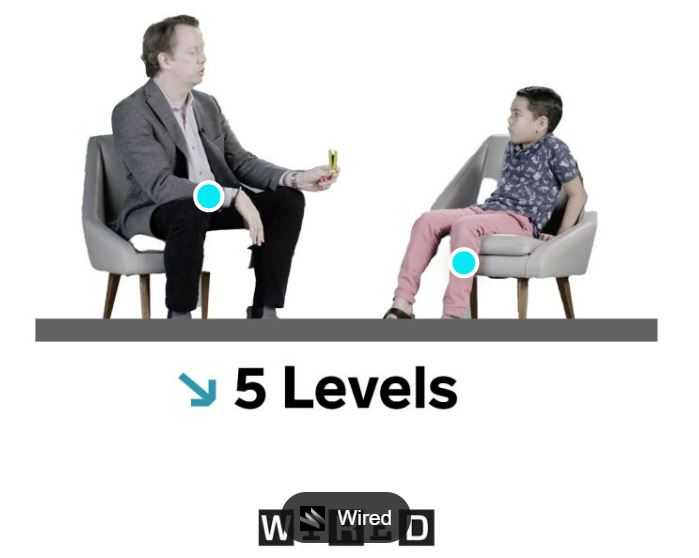
I truly hope that trying to learn something new every week will be so informational that you’ll keep doing it. Do it for your organization, yes. But do it for yourself! Because no matter where you go, you take your brain and your knowledge and your experience with you. Readers are leaders, so invest in yourself and learn a little more than you knew yesterday.
But I also hope that you’ll think about how to explain the complex concept that you know all too well to your donors at levels that are appropriate to them. I feel pretty confident that you have 5 Levels of donors that just happen to come in all ages. To gain their interest, better yet, their actions, you need to engage them at their level. That takes more customization than a mass mailing can produce.
Just remember that change happens in two ways…gradually, then suddenly. Might as well start to make some gradual changes now, otherwise the change will happen suddenly and you won’t be ready. And if you’d like to know how this growth mindset feels, take it for a test drive and throw those single socks away. Don’t let them mock you for one more week. Go out and start happening to things!
All My Best,
Dawn
[email protected]
dawn brown creative, llc.
P.S. Fundraising is hard, even though you make it look
oh-so easy! ♥
Frideas--Friday ideas are filled with
info and inspo!
Want to participate in some Knowledge Generosity,
here's your opportunity!
What do you do with an idea? You change the world!
Stay connected with news and updates!
Join my mailing list to receive the latest news, updates, and ideas for days!
Don't worry, your information will not be shared.
I seriously hate SPAM, like for real.
So, I promise to never sell your information, for any reason.


